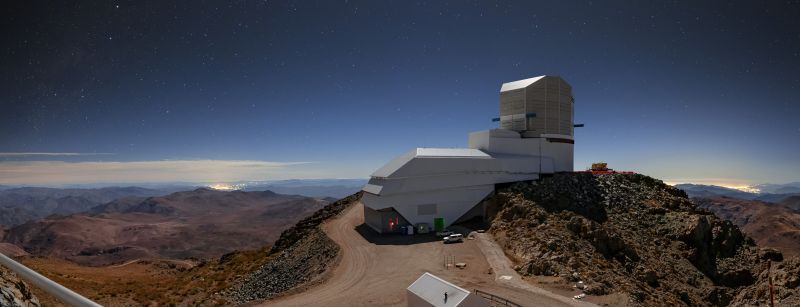Astronomy has always relied on light to convey information about the universe. But capturing photons - such as those from visible light or radio waves - is no longer the only technique scientists have for studying astronomical phenomena. Neutrinos, cosmic rays and gravitational waves are also "messengers" that carry information about the universe to humans on Earth.
Multi-messenger astronomy aims to combine information from two or more of those phenomena to provide a deeper understanding of some of the most extreme events in the universe, such as stellar explosions and actively feeding black holes.
Jointly funded by the U.S. National Science Foundation and the U.S. Department of Energy's Office of Science, NSF-DOE Vera C. Rubin Observatory will soon contribute to this emerging field by using its powerful camera and wide field of view to find many faint and previously undetected multi-messenger sources. Once pinpointed in the sky, other telescopes can target those sources for follow-up observations.

While signals such as gravitational waves and neutrinos can point scientists in the general direction of a source, light is needed to pinpoint its exact location. This is where Rubin, equipped with the largest and most sensitive camera ever built, will shine.
"Rubin wins twice," says Raffaella Margutti, a researcher at the University of California at Berkeley specializing in multi-messenger astrophysics using gravitational waves. "Its strong light-collecting power and ability to scan large sections of sky mean it's very sensitive to faint optical signals, like those we would be seeking from a gravitational wave source."






